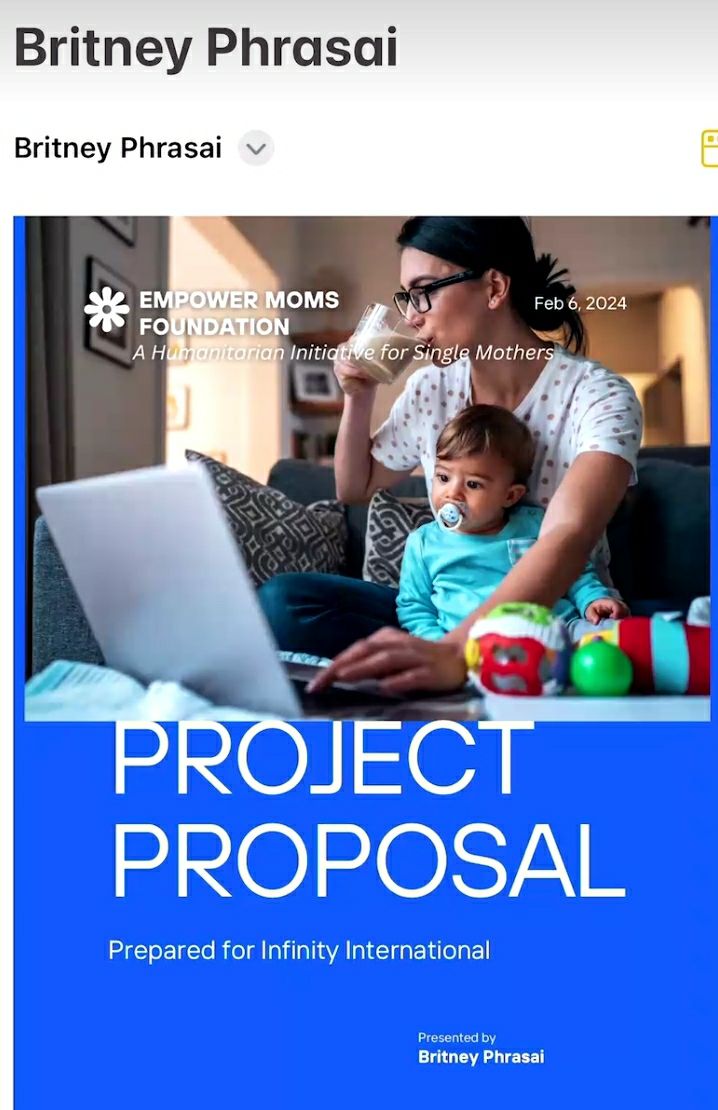Predictive Healthcare for Wound monitoring and alerting

Project Overview
https://www.dropbox.com/scl/fi/tfw5jcdtylzo72dgr6g5l/Predictive-Healthcare-Pitch-2023C.pdf?rlkey=ys995sdt2v8zc6mfqdycwsvts&dl=0
Executive Summary
www.predictivehealthcare.ai Year Founded 2022 M.A. # of Employees 7 FUNDING: Self-Funded KEY HIGHLIGHTS: • Cutting edge Technology • Global Application MANAGEMENT TEAM: Talal Ali Ahmad, Founder & CEO Multiple startup experience Medical Advisors Robert Jason Yong MD, MBA Medical Director Pain Management center Brigham & Women's Hosp. Abrar Qureshi MD, MHP Professor & Chair Dept. of Dermatology Brown University Sandy Williams, PhD Strategic Advisor Contact Talal Ali Ahmad talal@predictivecare.ai Tel +1 617 877 4606 Predictive Healthcare (PHC) develops and markets a predictive postoperative patient outcome MyHealthPal platform. Our Patent-pending solution, MyHealthPal, focuses on continuous patient status, diagnosis alerts, and analytics to augment physicians' decision-making. MyHealthPal will transform patient care post-surgery by increasing patient engagement to reduce emergency room (E.R.) readmission, cut costs, and proactively alert physicians with critical medical information. From a technological standpoint, this platform uses artificial intelligence to analyze patient's wound characteristics, patient historical data, vital signs data, medication intake, and activities to provide automated alerts to physicians or care managers and ensures that the physicians and care managers focus their efforts on a patient that needs immediate attention. Therefore, the care managers will have immediate opportunities to manage the patient's symptoms before worsening and address the issues before they result in unnecessary E.R. visits and medical costs. Challenges & Opportunities: Despite the increased adoption of telemedicine and remote monitoring solutions, most primary care providers are still locked into a sporadic care paradigm. When a postoperative patient comes in to see their doctor for post-surgery follow-up, they might capture a few health metrics and talk about their recovery, but the minute the patient leaves the office, the physician and his care team have no insight into their patient's progress or lack thereof or track the patient's recovery. Generally, surgeries expose patients to an array of possible surgical surface infections (SSI). Surgical surface infection is expensive for healthcare providers and patients because it could lead to more postoperative complications and chronic wounds. Any postoperative complications have a huge financial impact on healthcare providers, patients, and insurers. In the United States alone, wound infections occur on average 4% of the patients. Today, care managers focus primarily on the top 5% of high-risk patients because those patients are at the highest risk of hospitalization. Further, "rising risk" patients represent groups of medium-risk patients who have a high likelihood of escalating to high-risk, high-cost categories. Because these patients did not receive care management, they pose a more significant financial risk. Care managers face two great challenges when improving outcomes and lowering costs: Staffing challenges and ever-larger populations requiring care management under value-based care models. Physician groups must extend proactive care to rising-risk populations to bend the cost curve, but need the proper tools. Solution: MyHealthPal© is a Patient Reporting Outcome (PRO) management platform. MyHelathPal is a unique A.I.-powered application focused on providing postoperative wound analysis correlated with patient's vital data and medical history to provide predictive wound healing outcomes and reduce readmissions, clinic visits, and early detections of Surgical Surface infections (Ssi). MyHealthPal key differentiators are: • Real-time predictive outcomes Early detection of complications • Early detection of complications • Active participant in wound care management (Patient Reported Outcome) • Cut emergency room visits • Integration capability with Electronic Medical Record (EMR) • Cut patient's scheduled office visit • Cut healthcare delivery cost Market size • 53.3M U.S. surgical and non-surgical procedures annually, 7 M open incision surgeries • Surgical site infections (SSIs) cost hospitals $10B annually in the U.S. alone • Double-digit SSI rates are reported with many surface surgeries Target customers Hospitals, Wound Management Centers, SNF, and outpatient clinics – This target market covers the rising and high-rising risks for patients who have to travel to hospitals during the postoperative period. Hospitals must implement a long-term strategy for postoperative virtual care visits utilizing the patient-reporting outcome approach to improve outcomes and cut readmissions. Medical Device Companies –This segment includes medical companies with implantable devices and built-in sensors to report to care managers and medical device companies. PHC developed a HIPAA-compliant Minimal Viable Product (MVP). In September 2022, PHC will go on a patient trial with an NGO and one U.S. hospital patient in several sites in Latin America to test the application with real patients. The goal is to use the application to show how the platform improves healthcare delivery in surgical settings and augments the clinician's decision-making. For part of the trial, we will collect data to help enhance the user experience and the artificial intelligence algorithm. Competitive Analysis: My HealthPal focuses on device-less post-surgery patient reporting outcomes. Major players in the Remote Patient Monitoring (RPM) market focus on virtual care using vital sign devices and incident reporting tools. These companies are Hinge Medical, Philips (elderly care), Care Signal, and Optimize health. From a technological standpoint, our monitoring technology primarily analyzes wound characteristics using Artificial Intelligence as the first indicator to evaluate patient status. Plus, our Technology will correlate vital signs, medical histories, personal histories, and activities to predict the patient's path to recovery. The existing technologies from rival companies limit analyzing device-based data only without considering the wound characteristics. Therefore, Our competitive product advantage is that it will co-exist with current/future telehealth and remote patient monitoring to give the ability to detect issues at an early stage using multiple data sources. Revenue Model The predictive Healthcare business model is built to be part of the Electronic Medical Record (EMR) flow to augment the physicians' decision-making. Our primary target customers are hospitals and specific surgeries with high Surgical Surface infections and high readmission rates within the first 30 days post-surgery. We start by focusing on two types of surgeries and expanding to other surgeries as we create the proper Artificial Intelligence (A.I.) and Computer Vision database for multiple types of surgeries. Furthermore, we can expand our application capabilities to capture data from sensors used by certain medical specialties such as orthopedics and cardiology. Our pricing model is $200 per patient per month, where the average postoperative patient reporting period is three months. Funding Needed Predictive Healthcare is seeking to complete the angel investment round with a cash infusion of $25M to take the product from limited commercial release to the global market and stablish global distribution channels. Management Team Talal Ali Ahmad Founder & CEO: Mr. Ali Ahmad is a Serial entrepreneur with 25 years of experience creating companies and products from inception to commercial launch. Mr. Ali Ahmad co-founded Proximie SaaS-Based medical Augmented Reality platform, allowing surgeons to remotely scrub into an operating room or clinical setting to guide, train, teach and support other surgeons and medical experts independent of any specific hardware. Mr. Ali Ahmad led the company from the product idea to commercial deployment in the United States, Europe, and the Middle East. Under his leadership, the company raised three rounds of finance and grew sales to over $5M annually. Before Proximie, Mr. Ali Ahmad founded vCentrix, a white Label Carrier grade VoIP Network, and led the company's growth to be on track for $5 Million within three years at a 12% annual growth rate. Mr. Ali Ahmad spearheaded the Sales team to expand the company market from the regional and national markets using direct sales and VAR networks. In 2009, vCentrix was acquired by Momentum where Mr. Ali Ahmad assumed the position of CTO with responsibility for Product strategy. Before vCentrix, Mr. Ali Ahmad was director of I.P. technology and Commercial Product rollout at iBasis. Use of Funds is covered in the project overview document. Year 1: $14M Sales & Marketing worldwide and create white label product Year 2: $9M continue sales and marketing and develop solution for wearable devices. Year 3: $2M Support Sales and Marketing. Detailed financials will be provided upon request.
Funds Required
$ 25,000,000.00Draw schedule
First Draw: $ 7,000,000.00Second Draw: $ 7,000,000.00
Third Draw: $ 5,000,000.00
Fourth Draw: $ 4,000,000.00
Fifth Draw: $ 1,000,000.00
Sixth Draw: $ 1,000,000.00





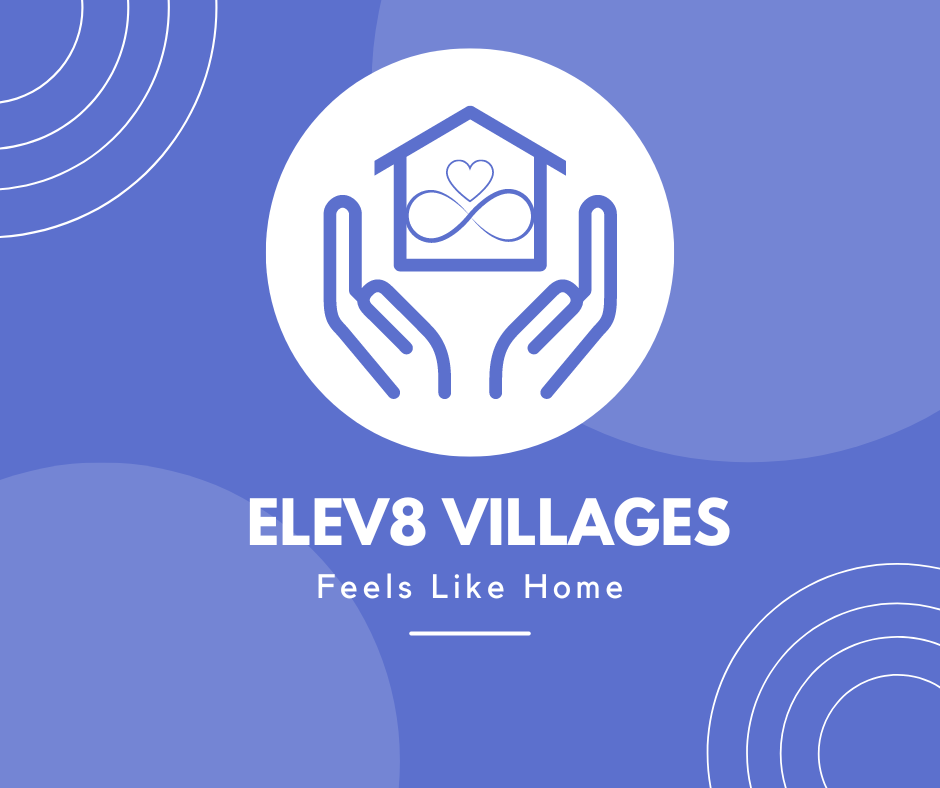

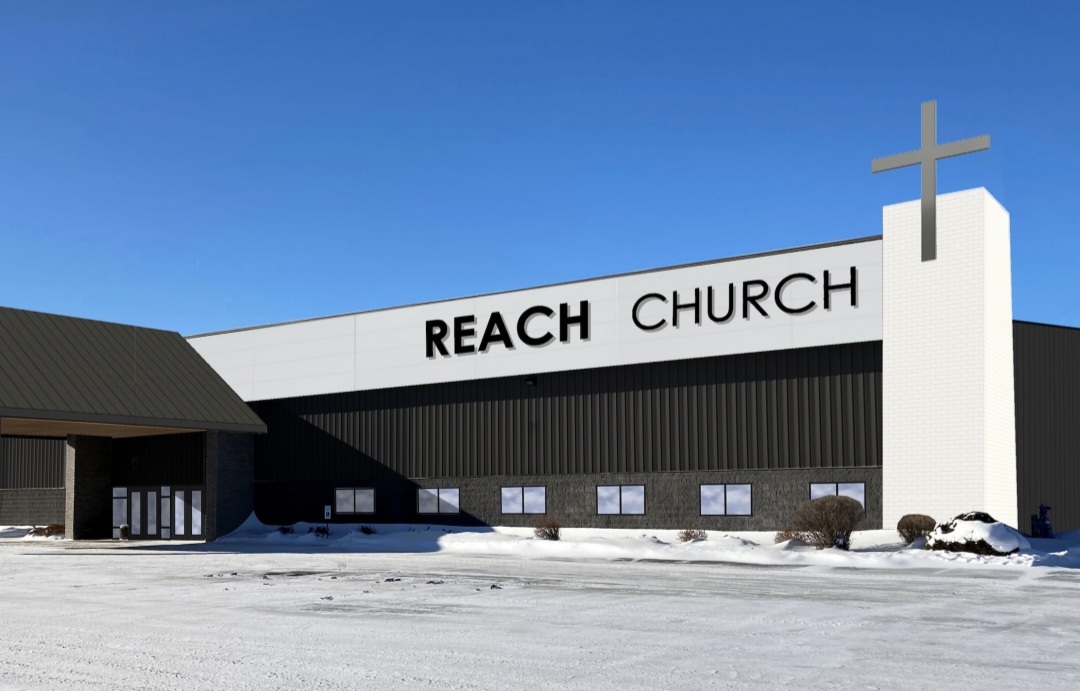







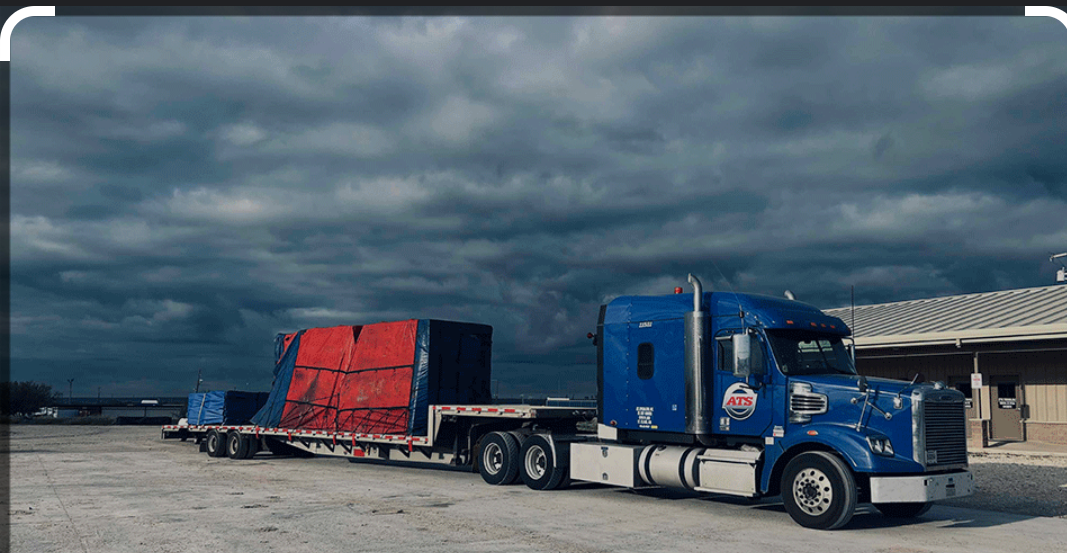

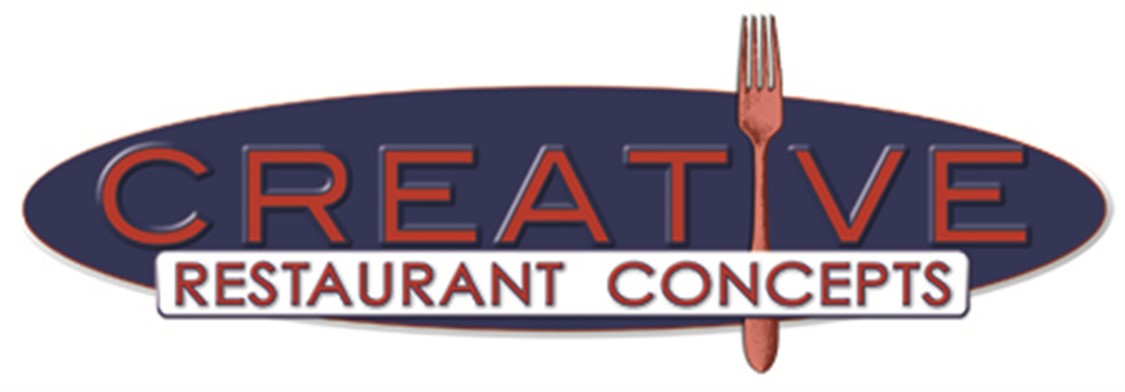

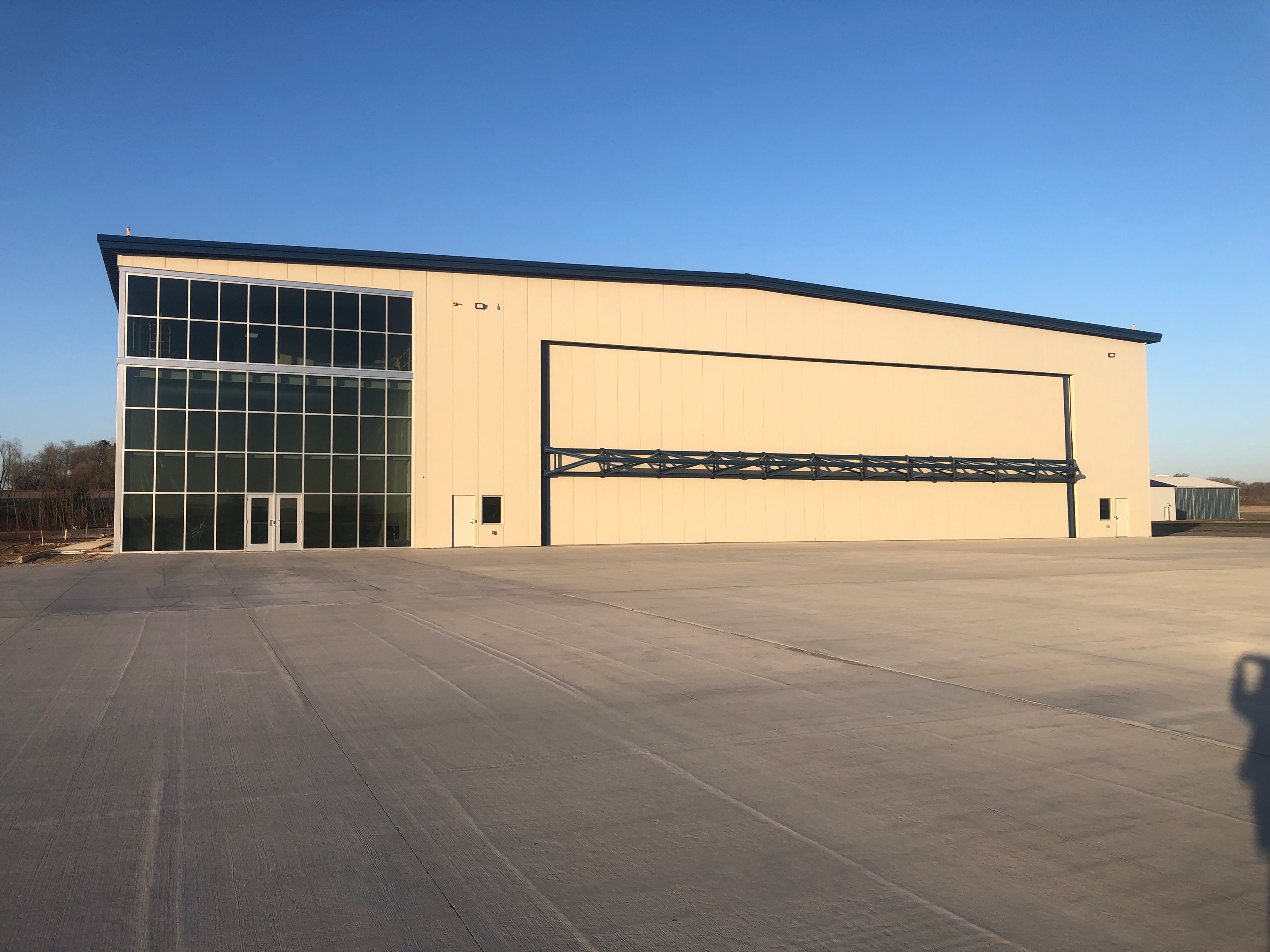
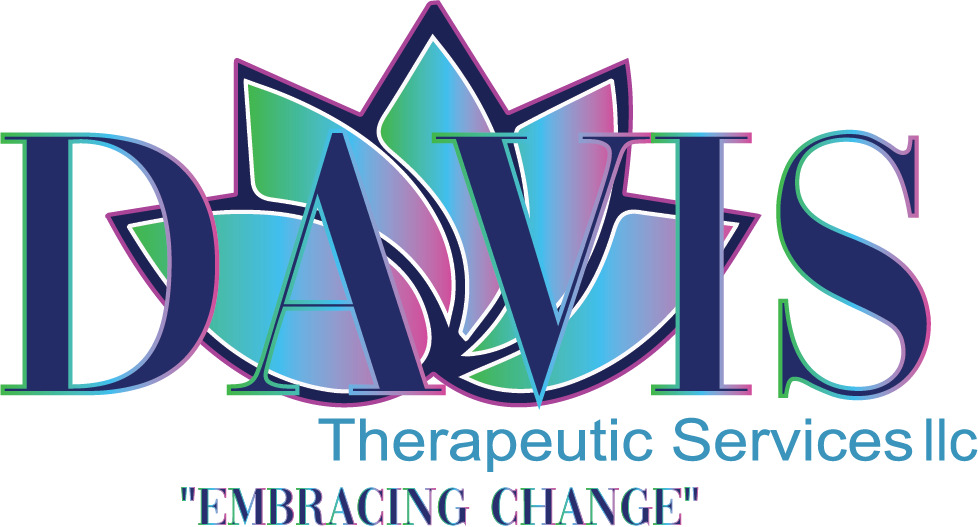





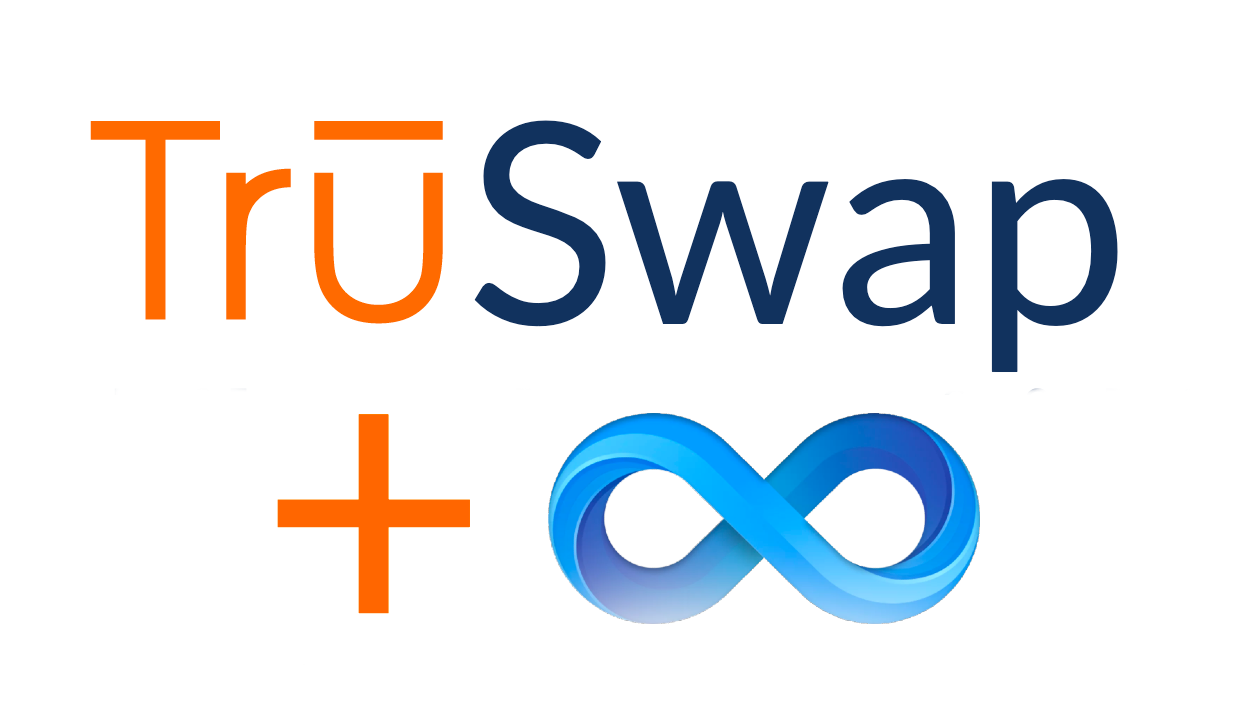


 Final.jpg)
.png)


.png)










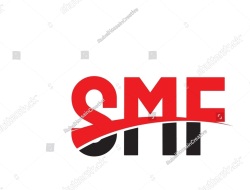




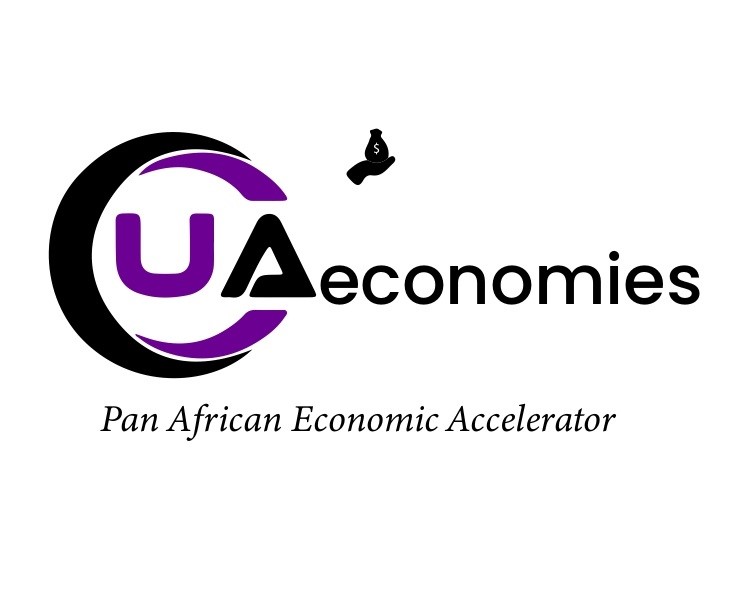


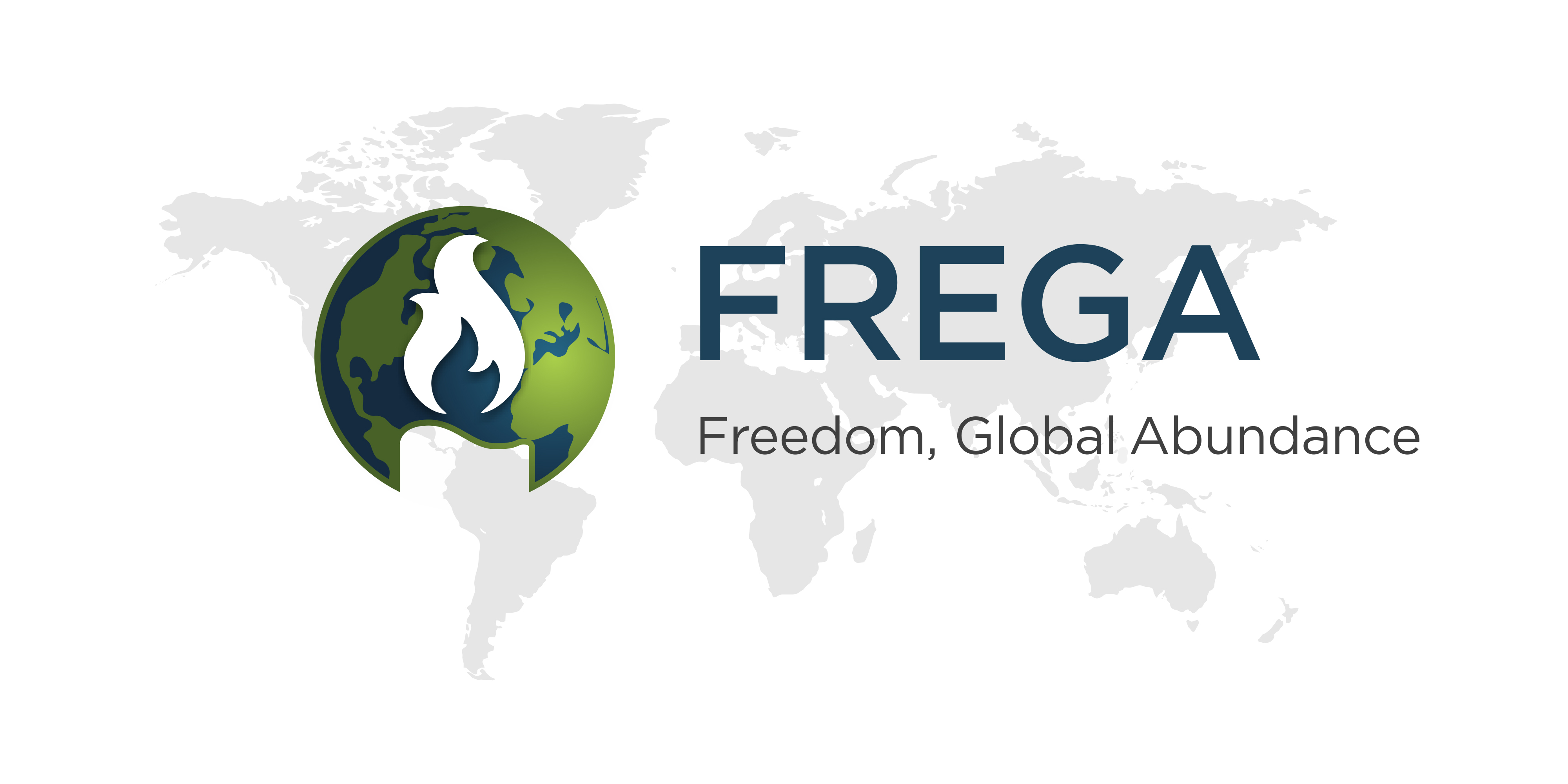
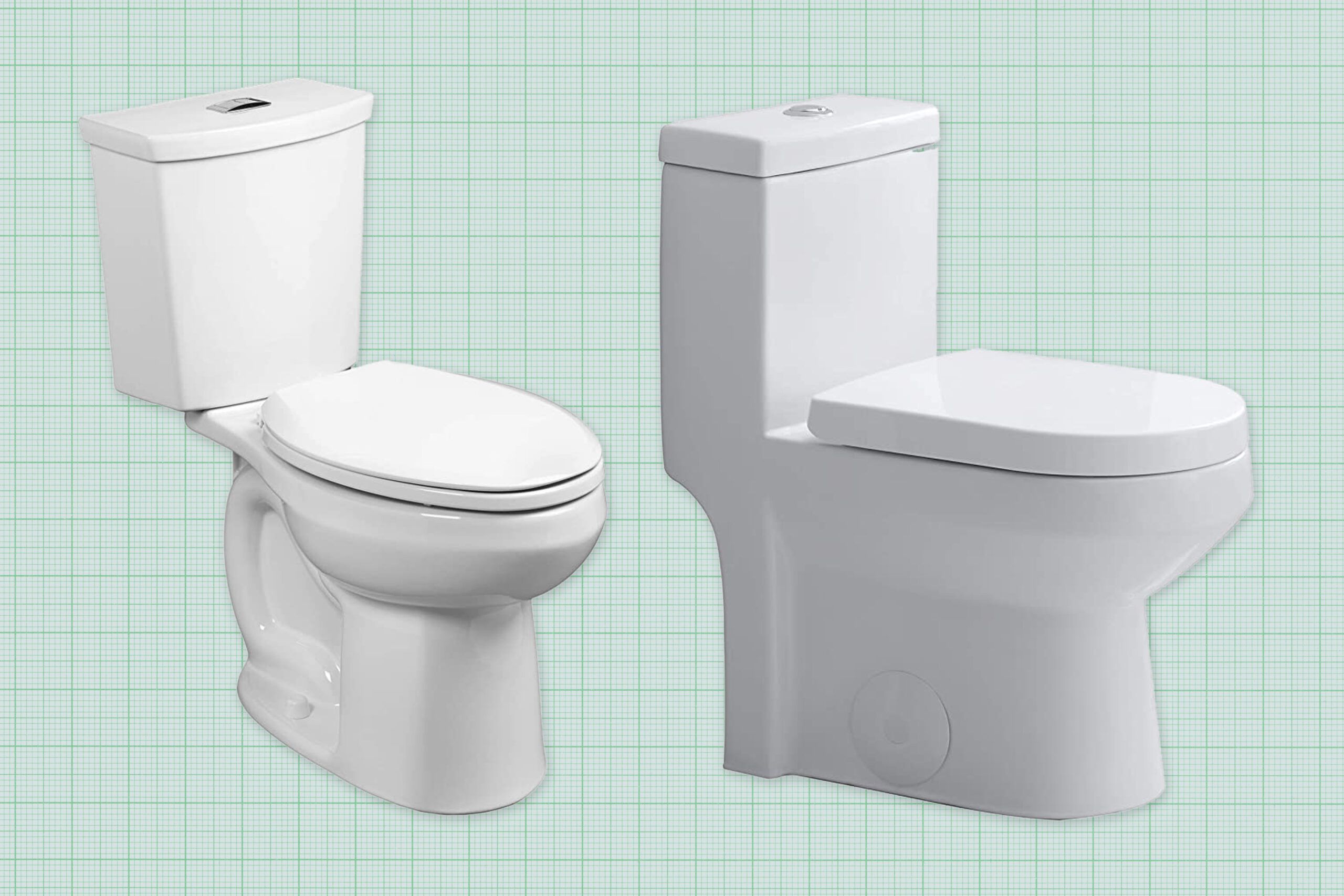

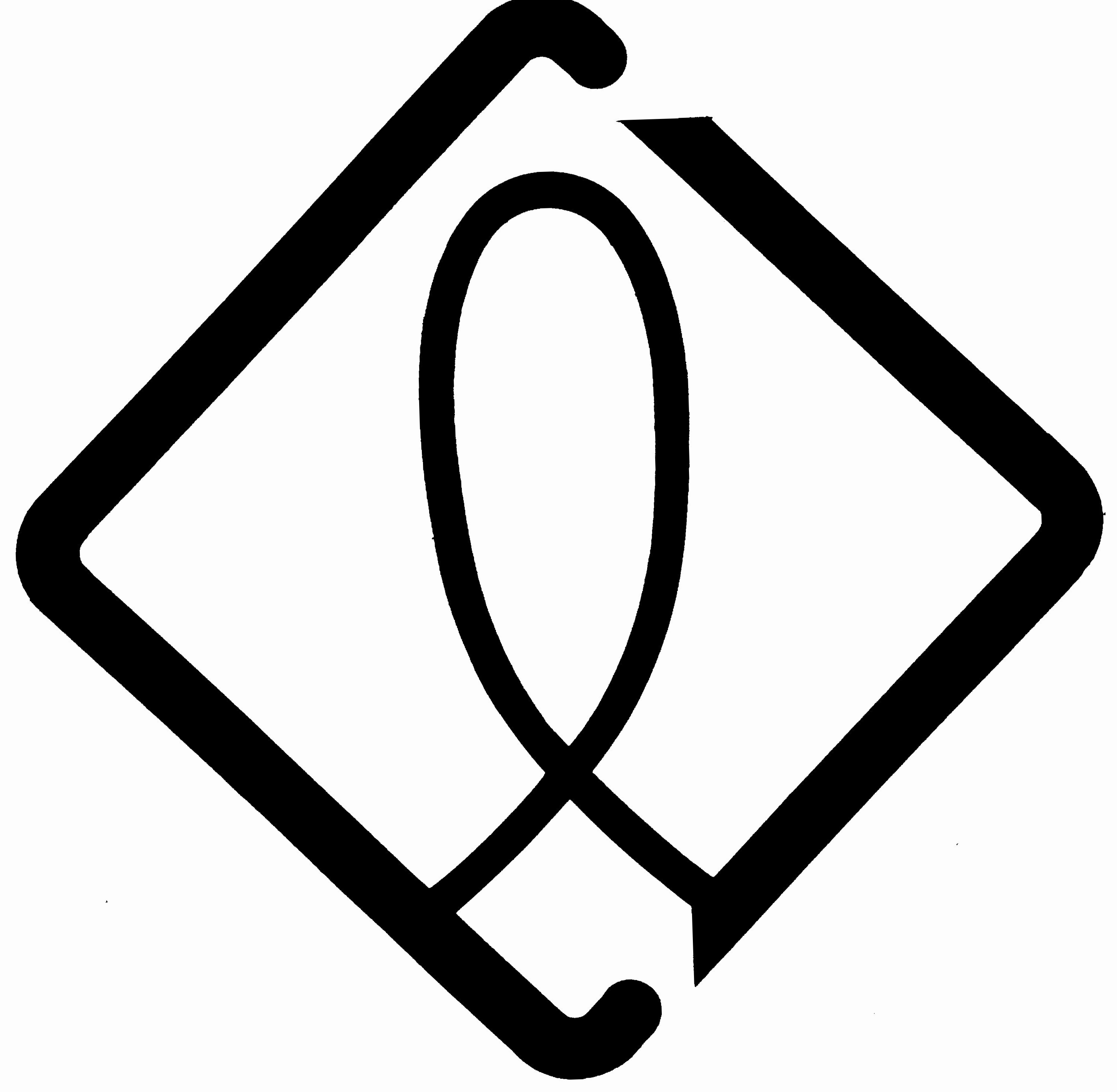











 (1).jpg)

.png)






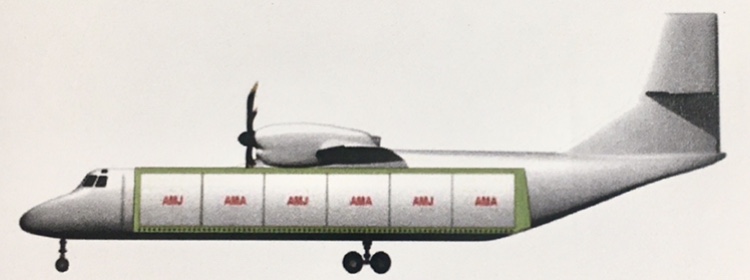


.jpg)




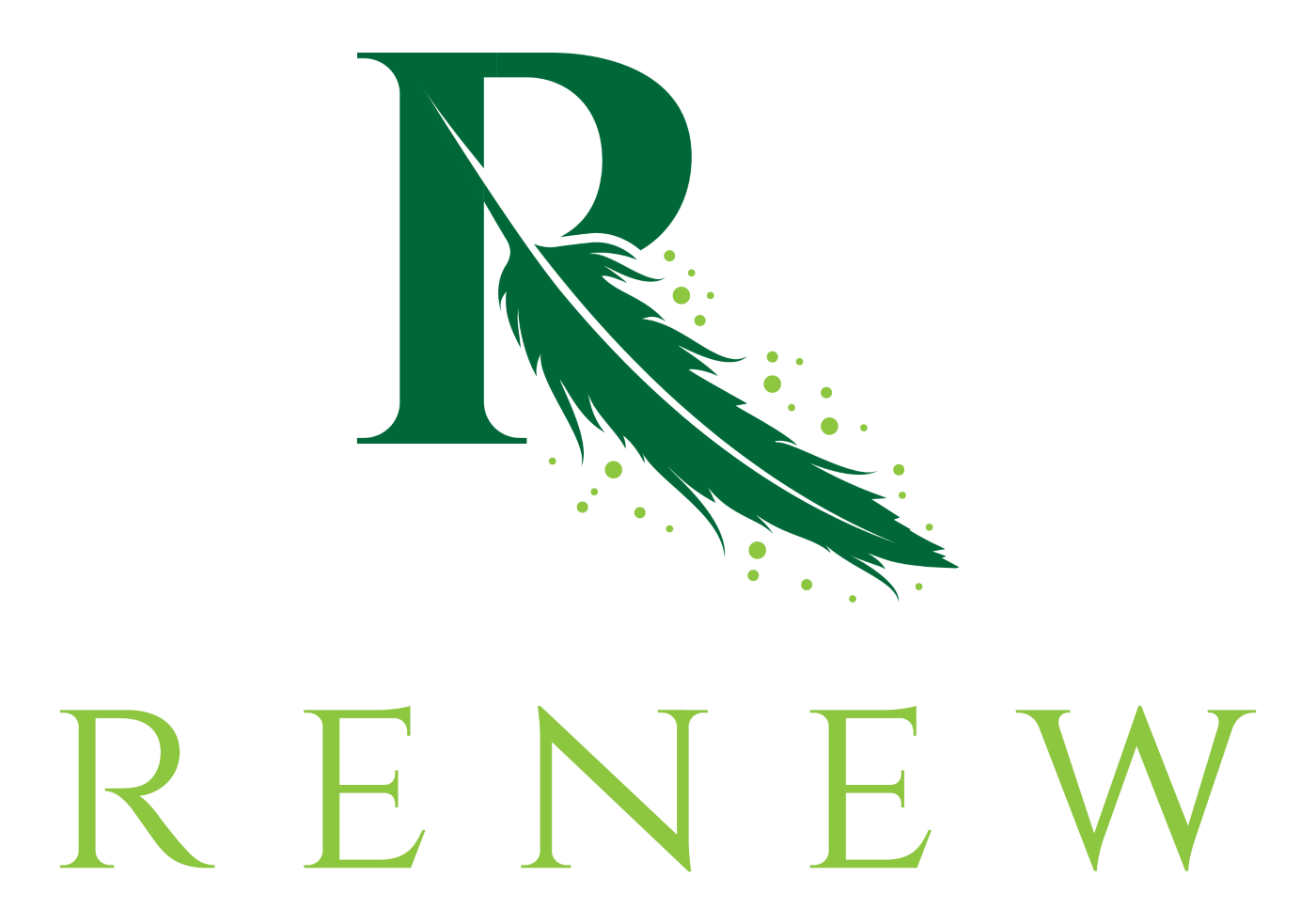







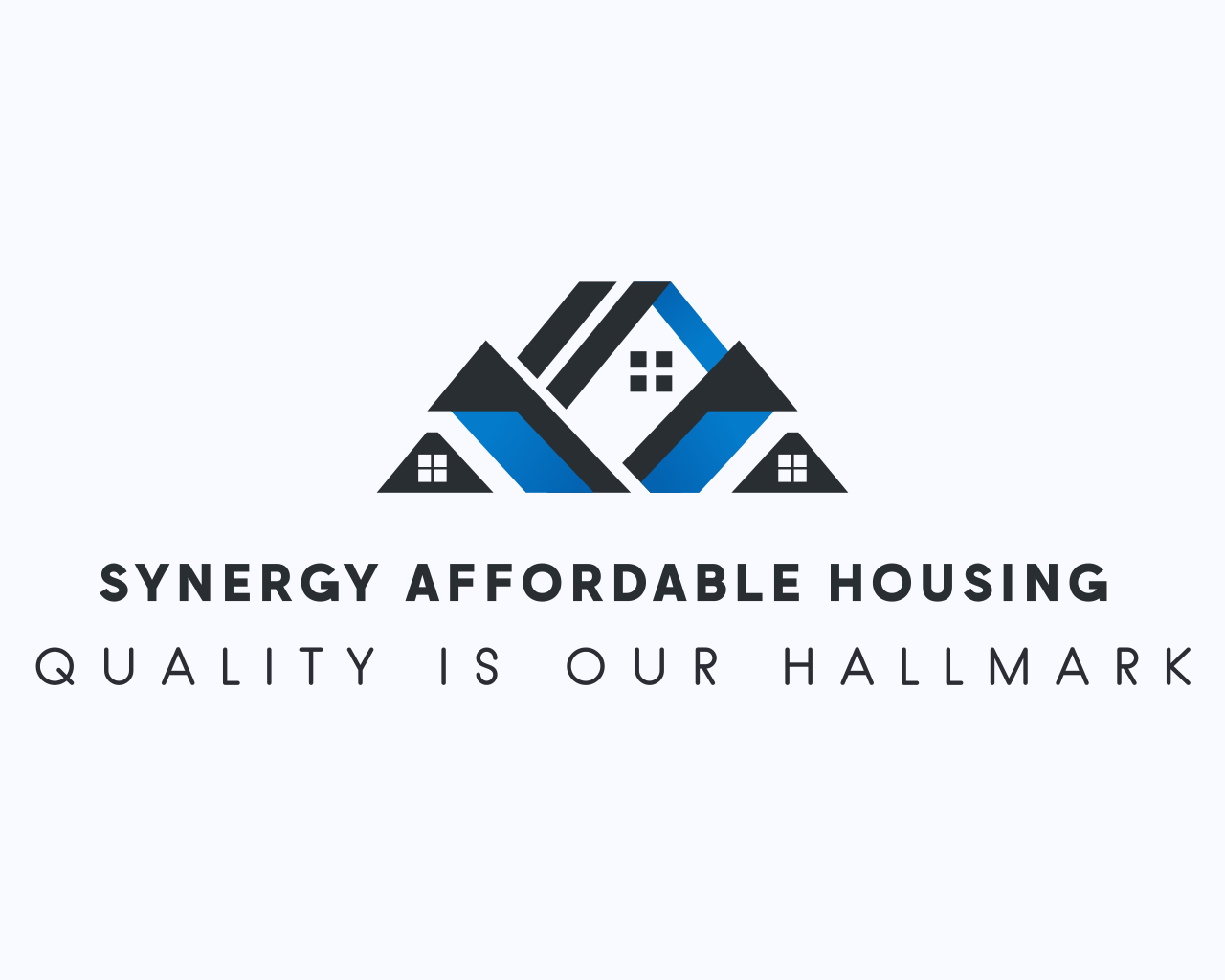



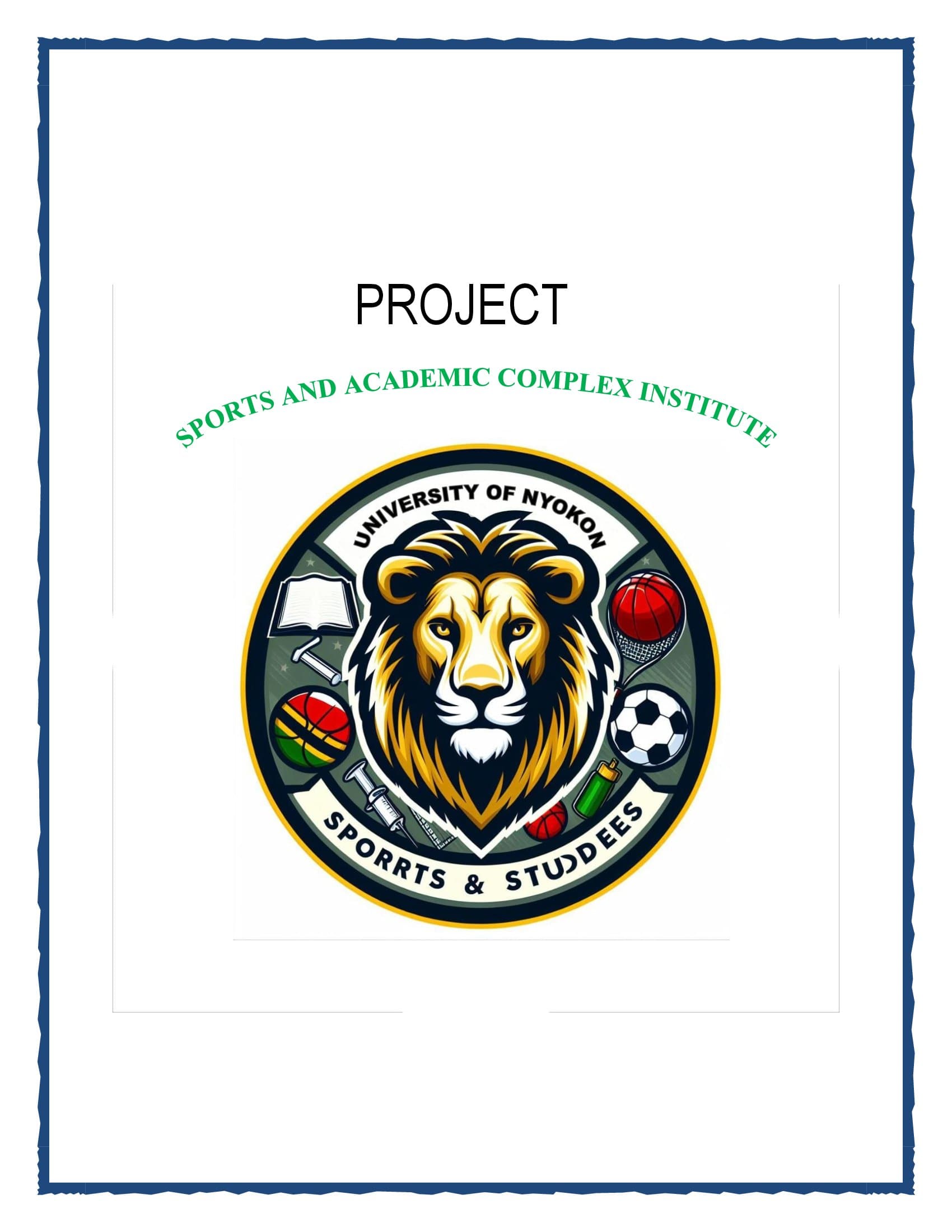

 Savado Park Symbol.jpg)



 (1) (1).png)
